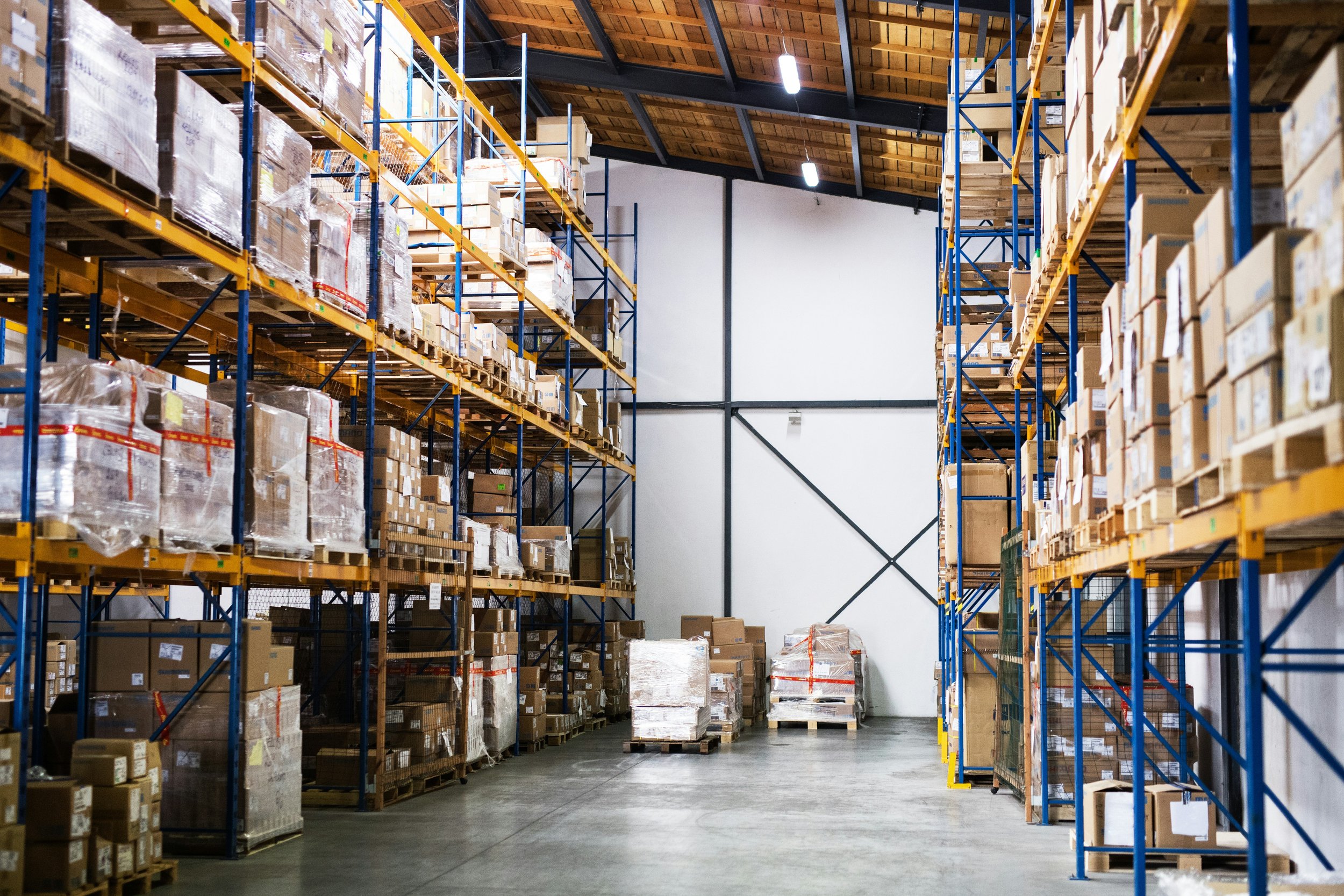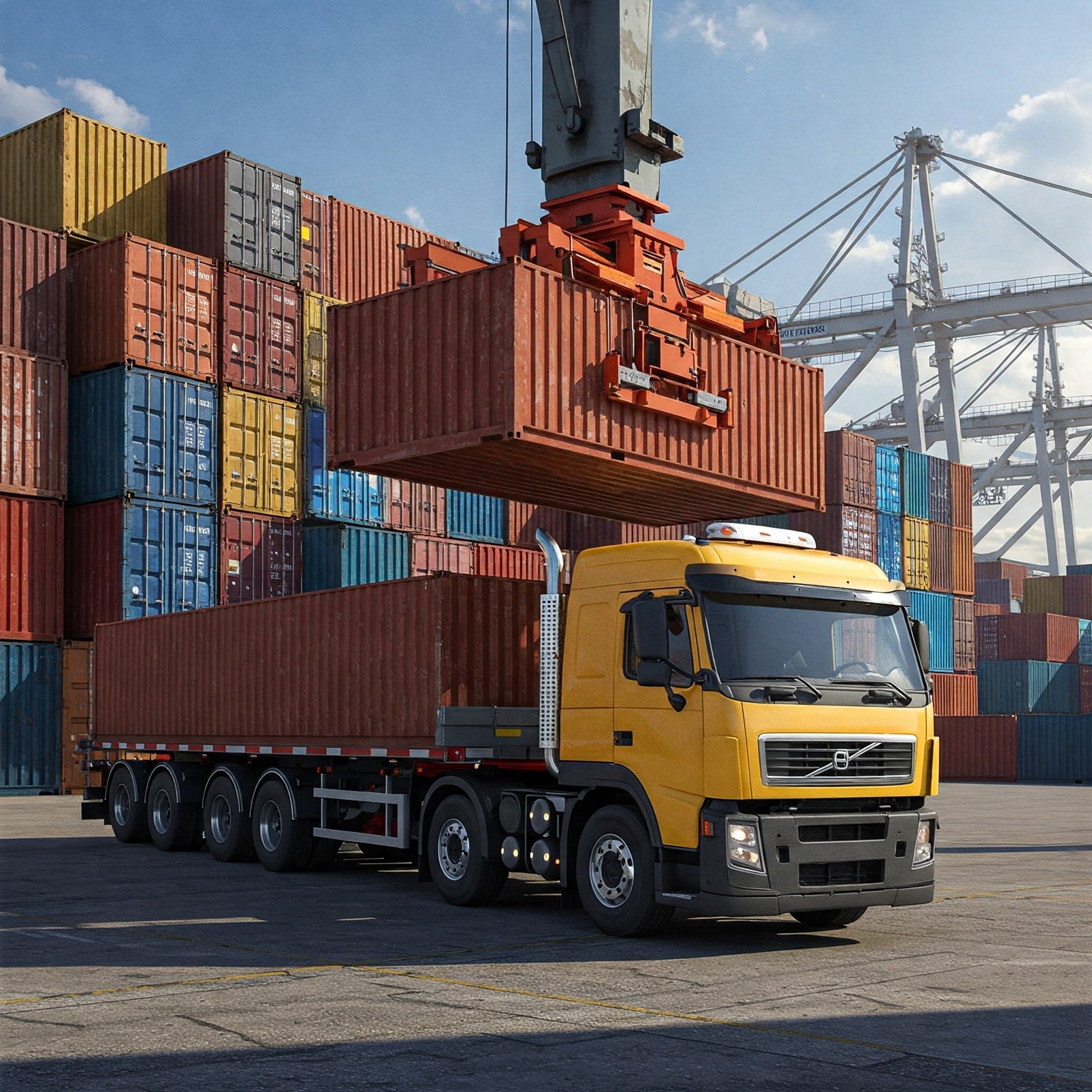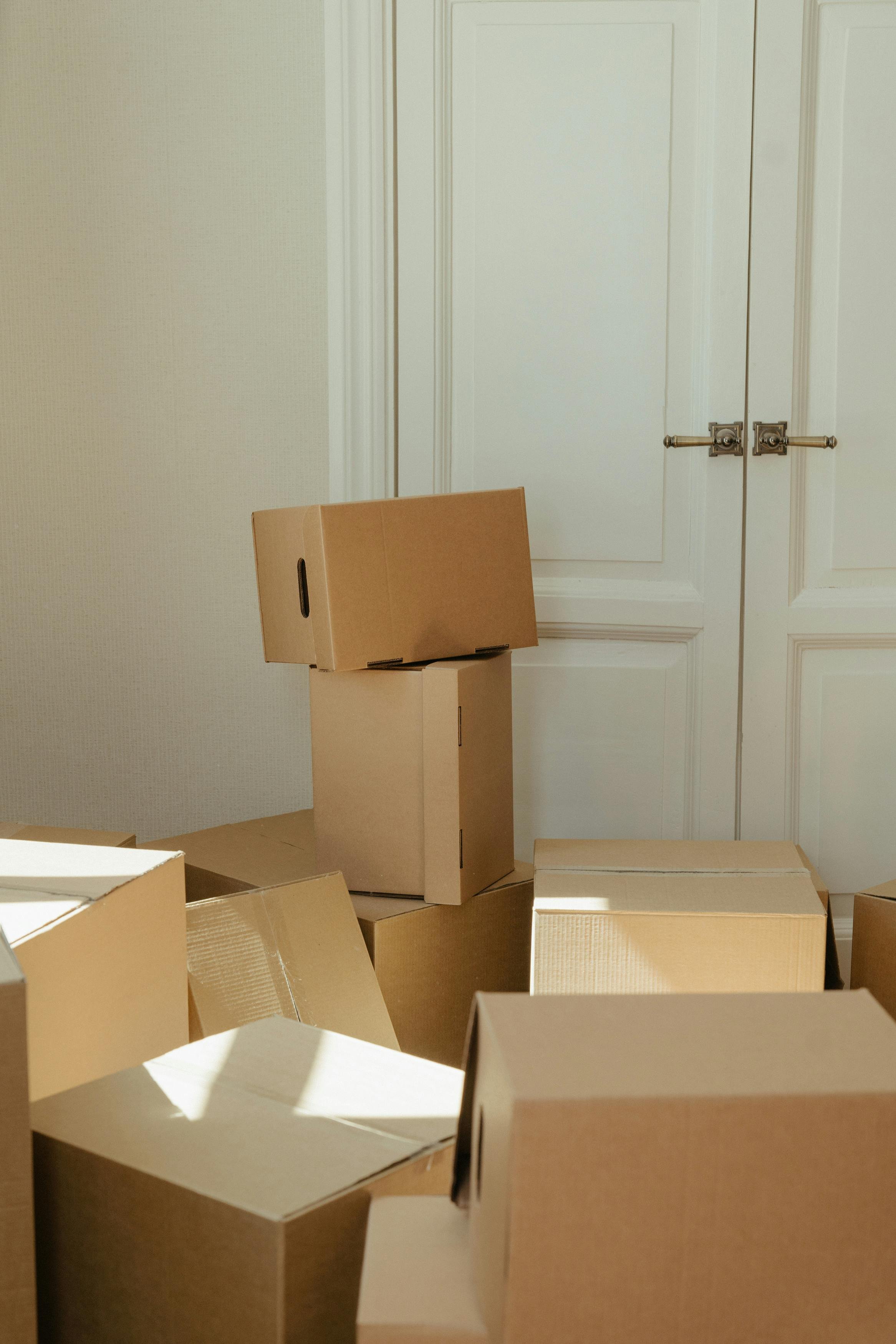Breaking Down Local Commercial Moving Costs
Understand the key factors influencing local commercial moving costs and get tips for budgeting your business relocation effectively.
Relocating a business involves more than just packing up desks and computers. It’s a complex process that requires meticulous planning and careful budget management. One of the biggest challenges businesses face during a move is understanding and managing the associated costs. Commercial moving costs vary based on several factors, from the size of the office to the distance of the move.
By breaking down these costs into manageable components, businesses can better prepare for the financial aspects of the relocation and avoid any unpleasant surprises. This guide dives deep into the factors, components, and strategies for managing these expenses effectively.
Factors Influencing Commercial Moving Costs
Every business move is unique, which means the costs involved will vary significantly depending on several critical factors.
Distance of the Move
One of the first things that impacts moving costs is the distance. Moving a business locally—within the same city or region—is often less expensive compared to long-distance or interstate moves.
For local moves, transportation costs are typically based on the number of hours required, whereas long-distance moves often depend on mileage. Additionally, if the move involves navigating high-traffic urban areas or accessing challenging locations, costs can increase.
Volume and Weight of Items
The volume and weight of your office contents are significant contributors to the cost. Large furniture, heavy machinery, and extensive filing systems require more labor, larger trucks, and often specialized equipment. A business moving a small office will likely pay far less than a corporation relocating a multi-floor workspace.
Services Required
Some businesses prefer to handle packing, while others opt for full-service moving solutions. Services such as disassembling furniture, specialized packing for fragile items, and reconnecting equipment add to the cost. While these additional services may seem pricey, they can save time and reduce the risk of damage, making them a worthwhile investment in many cases.
Common Components of Commercial Moving Costs
Understanding the individual components that make up commercial moving costs is essential to grasp where your money is going and why.
Labor Costs
Labor costs encompass the time and effort spent by movers on your relocation. This includes packing, loading, transportation, unloading, and setup at the new location. The number of workers needed and the complexity of the move directly impact labor costs.
Equipment Rentals
If your move involves large or heavy items, additional equipment like dollies, hoists, or forklifts may be required. These rentals are sometimes included in a moving company’s estimate, but in other cases, they may be billed separately. For businesses with large industrial equipment or fragile electronics, specialized tools are a necessity.
Packing Materials
Boxes, bubble wrap, packing tape, and custom crates can add up quickly, particularly for businesses with lots of inventory or sensitive equipment. Some companies include these materials in their quote, while others charge for them separately. Opting for high-quality materials can protect your items during the move, preventing costly damages.
Insurance and Liability Coverage
Protecting your business assets is crucial. Moving companies typically offer insurance, ranging from basic liability to full replacement value coverage. The level of insurance you choose will affect your overall costs, but it’s an essential safeguard against potential losses.
Permits and Parking Fees
For businesses in urban or high-traffic areas, permits for large trucks or reserved parking spaces might be necessary. These fees may seem small but can add up depending on the location and duration of the move.
The Role of Professional Movers in Cost Management
Professional movers bring expertise and resources that make a big difference in both cost and efficiency.
Efficiency and Expertise
Experienced movers know how to handle the logistics of a commercial move. They ensure that equipment, furniture, and sensitive items are packed and transported safely. Their efficiency minimizes downtime, which is critical for businesses looking to get back to normal operations quickly.
Time is Money
Attempting to move a business on your own can lead to prolonged downtime and higher indirect costs. Professional movers streamline the process, saving you valuable time that would otherwise be spent coordinating the move.
Customizable Services
Companies like Commercial Movers of Royal Moving & Storage offer tailored packages to suit your needs. Whether you need help with a simple move or a comprehensive service that includes packing and setup, they provide options that align with your budget and priorities.
Typical Price Ranges for Commercial Moves
Knowing what to expect in terms of price can help businesses plan their budget effectively. While costs vary, these general ranges can serve as a guide:
Small Offices (Under 1,000 Sq. Ft.): $750–$2,500 for local moves.
Medium Offices (1,000–3,000 Sq. Ft.): $2,500–$7,500, depending on the number of items and services required.
Large Offices (Over 3,000 Sq. Ft.): $7,500 and up, particularly if specialized equipment is needed or the move involves multi-floor spaces.
Why Work With Commercial Movers of Royal Moving & Storage
For a smooth and cost-effective move, Commercial Movers of Royal Moving & Storage stands out as a trusted partner. Their expert team specializes in commercial relocations, offering customizable services to fit your specific needs. From planning and packing to transportation and setup, they ensure your move is efficient and stress-free.
Commercial Moving Costs
Understanding commercial moving costs helps businesses approach relocations with confidence. By breaking down expenses, planning strategically, and partnering with professionals like Commercial Movers of Royal Moving & Storage, you can manage your move effectively while staying within budget. With the right preparation, your business can settle into its new location without unnecessary stress or financial strain.





























